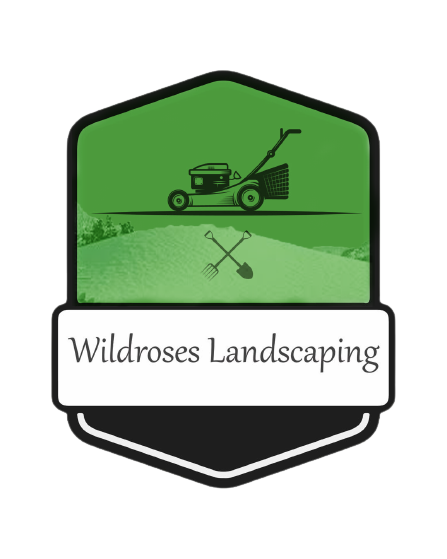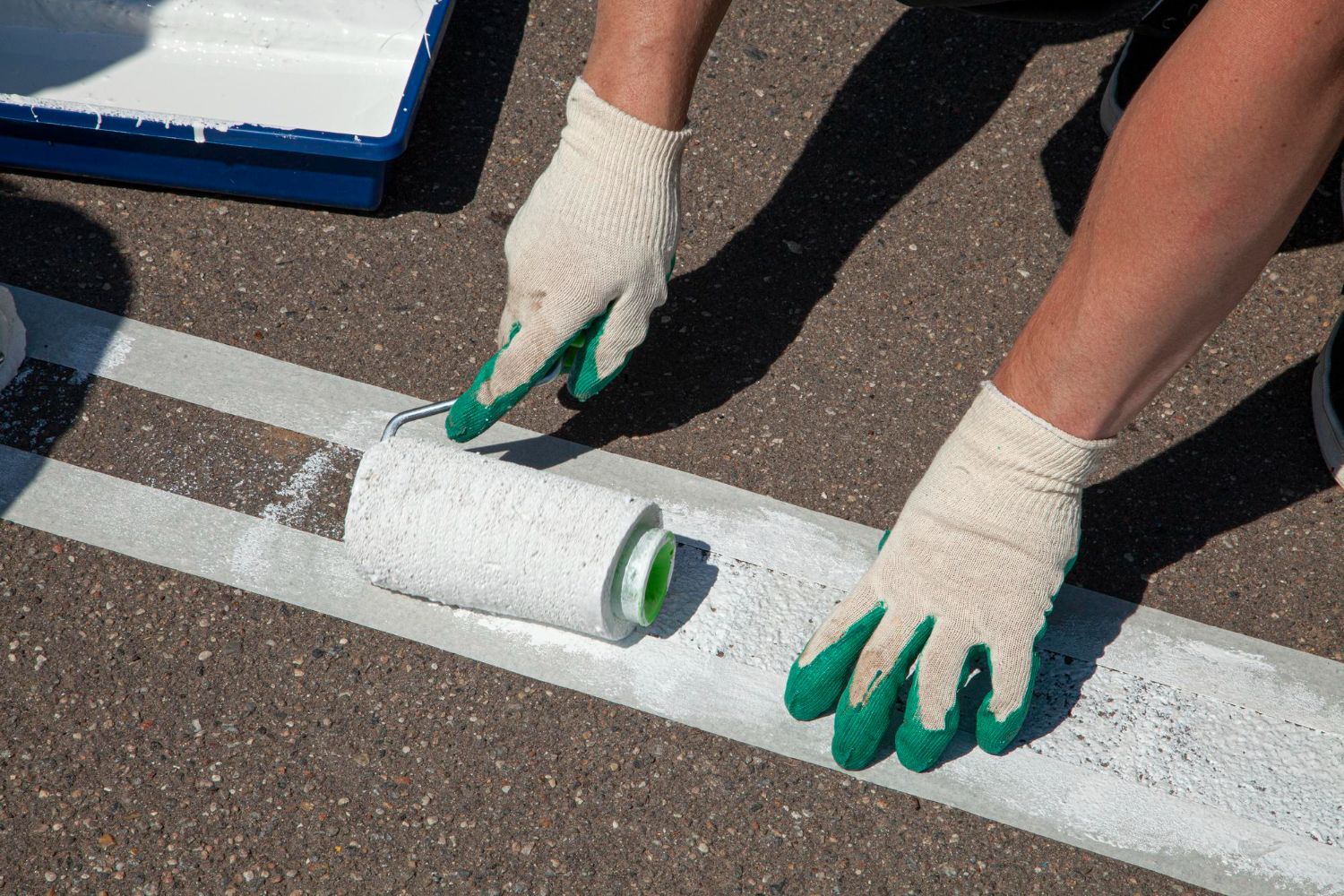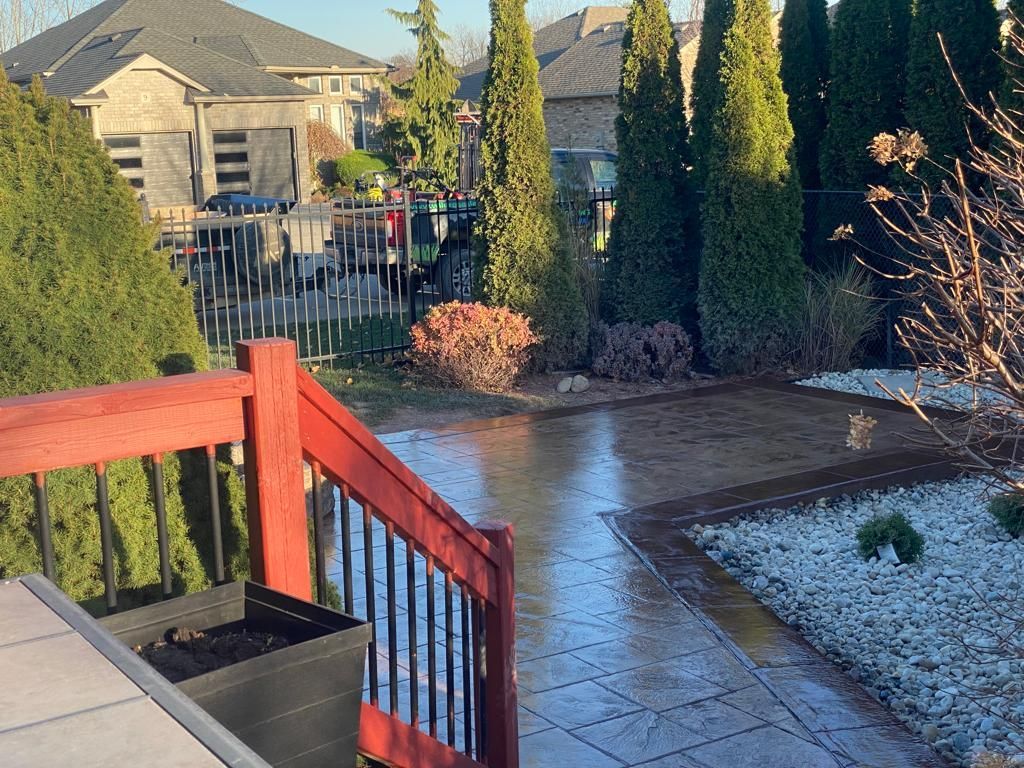Hedge Trimming Tips to Maintain Shape and Promote Growth
At Wildroses Landscaping, we believe that maintaining an exquisite outdoor space goes beyond planting beautiful flowers or creating striking patios. One important aspect often overlooked by home or business owners is hedge maintenance. Properly shaped and pruned hedges can serve as an elegant framework for your garden, offering privacy and adding to your property's curb appeal.
Discover how to maintain the shape and promote growth in your hedges through this insightful guide providing invaluable hedge trimming tips.
Understanding the Importance of Hedge Trimming
Hedge trimming is crucial for aesthetic reasons and the health of the hedge itself. Regularly pruned hedges remain dense and compact, preventing leggy growth that can lead to an unsightly appearance and exposure to diseases. Effective trimming promotes new growth and prevents dieback from the inner old stems.
When to Trim Your Hedge
Timing is vital when it comes to hedge trimming. Most deciduous hedges, such as privet, should be trimmed in late winter, while evergreen hedges like yew can be trimmed in the spring or autumn. However, it's crucial to consult with a landscaping expert for specific advice related to the type of hedge in your garden. At Wildroses Landscaping, our knowledgeable staff can provide guidance to ensure your hedges receive the best care.
Equipment for Hedge Trimming
Using the right tools can make a significant difference in your hedge-trimming experience. For smaller hedges, manual tools like shears or pruners may be sufficient. However, for larger hedges, power tools like hedge trimmers can greatly expedite the work. Keep in mind that tools should always be sharp and clean to ensure clean cuts and prevent the spread of disease.
How to Trim the Hedge
When it comes to trimming, the technique is everything. Here are some guidelines:
1. Start from the Bottom: Begin by pruning the lower branches and gradually work your way up. This method ensures that the lower parts receive enough sunlight.
2. Taper towards the Top: Trim the hedge narrower at the top and wider at the base. This shape allows sunlight to reach the entire hedge, promoting even growth.
3. Follow a Guide: To ensure a straight and level cut, use strings or stakes as a guide while trimming.
4. Stay Consistent: Consistency in trimming is key. Over-trimming can lead to bald spots, while under-trimming can result in overgrowth.
5. Leave New Growth: Avoid trimming off new growth as it may inhibit the hedge's overall health and vitality.
6. Clean Up: Don’t forget to clean up after trimming. Neglected trimmings can become a breeding ground for pests and diseases.
Post-Trimming Care
Post-trimming care is essential for maintaining the vitality of your hedges. Consistent watering and feeding are fundamental, notably during arid periods. Mulching at the base of your hedge aids in moisture retention. This practice also serves as an effective deterrent against intrusive weeds.
To Sum Up
Creating and maintaining a beautiful garden takes time and effort. While hedge trimming may seem like a daunting task, these tips can make the process easier and more productive. However, if you're unsure where to start or don't have the time to do it yourself, hiring professionals like Wildroses Landscaping can ensure your hedges are properly trimmed and maintained, leaving you with a stunning garden to enjoy.
At Wildroses Landscaping, our team of skilled professionals provides a wide variety of services, including hedge trimming, to help keep your landscape looking its best. With a commitment to customer satisfaction, we provide tailored solutions to all your landscaping needs. Get in touch with us to learn more about how we can help you enhance the beauty and value of your property.










